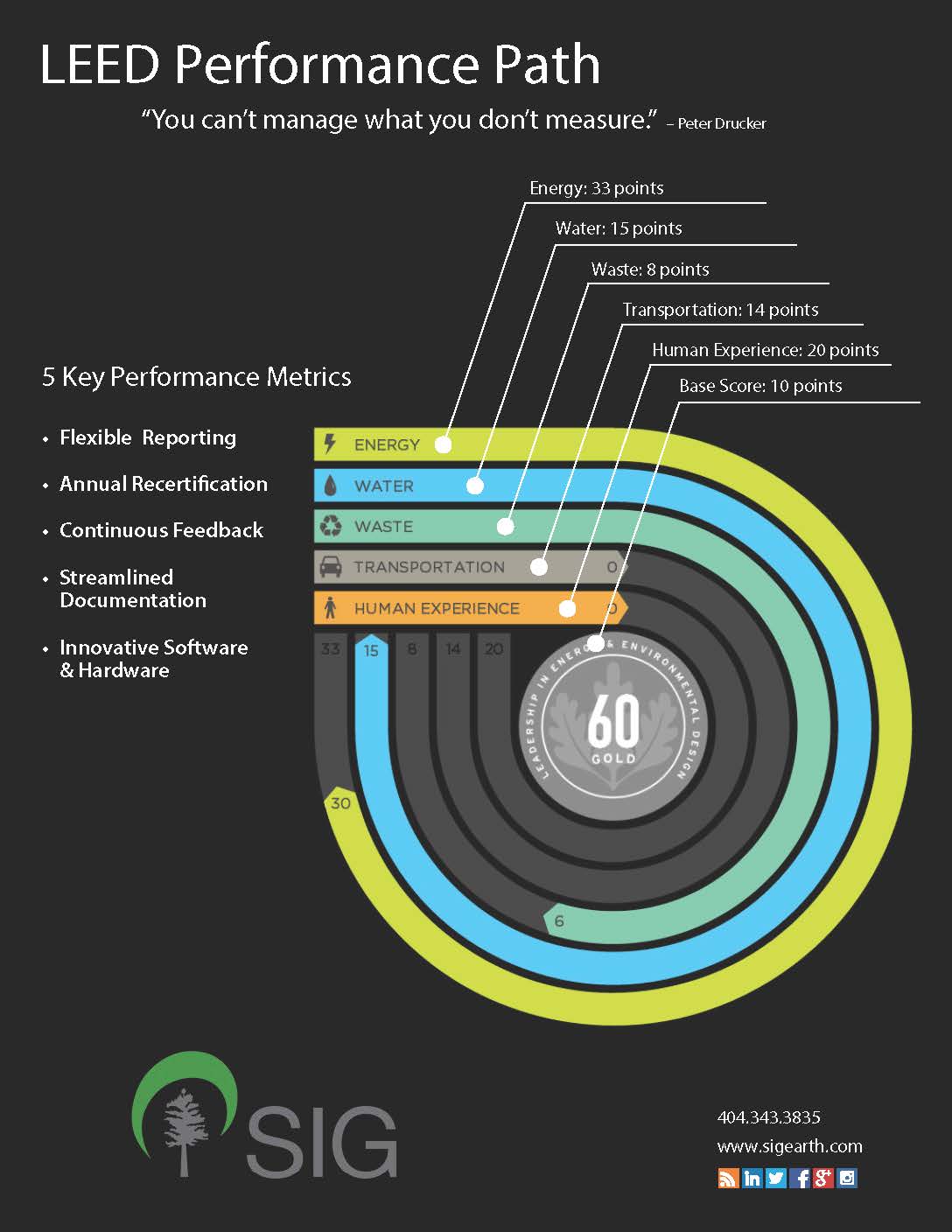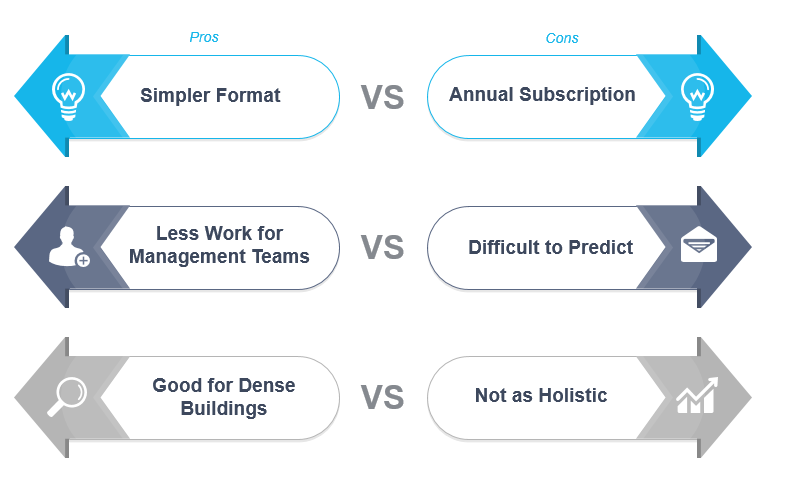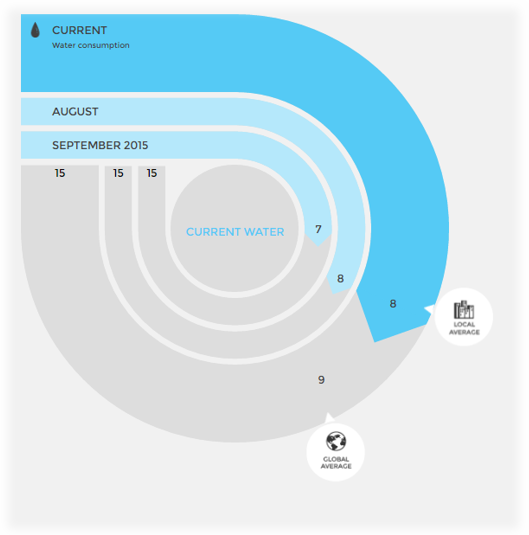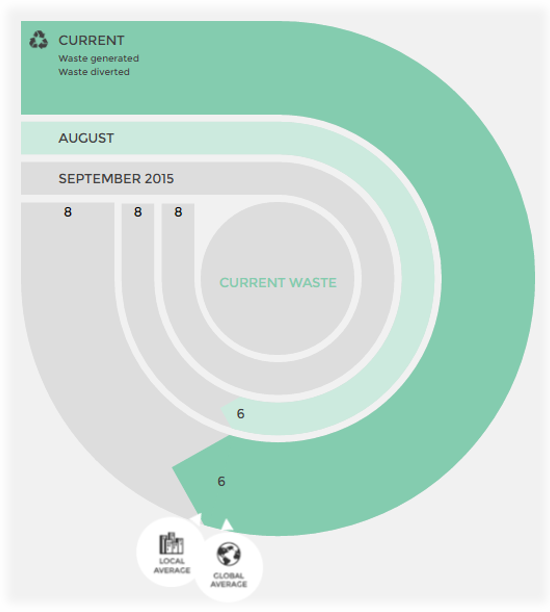Everything you need to know about Arc and LEED Performance Path
What is LEED Performance Path?
There still is a lot of confusion about LEED Performance Path and LEED Dynamic Plaque (LDP) because LDP only lasted about a year or so before it was replaced with LEED Performance Path (LPP). To be crystal clear, LDP does not exist anymore and should now be referred to as LPP. They are essentially the same thing, but the main difference is that LEED Performance Path is accessed through the Arc platform, whereas LEED Dynamic Plaque utilizes different software. Do not worry if you are confused, because a lot of people are, and after reading this page you will know more about LPP and Arc than the vast majority of people.
LEED Performance Path (formerly known as LEED Dynamic Plaque) was created by the USGBC to provide a streamlined path to LEED certification without losing the integrity of LEED’s stringent requirements. These words ‘streamlined’ and ‘stringent’ may seem contradictory, but the reason that LEED Performance Path (LPP) can streamline a LEED certification without losing integrity is because the certification is based primarily on performance.
Although LPP is simpler and requires less documentation than a traditional LEED certification, it is not always easier for buildings to earn LEED certification through LPP. To earn top marks in the form of LEED Platinum, Gold, Silver, or Certified through LEED Performance Path, a building must perform extremely well (meaning that it is very energy efficient, water efficient, has good indoor air quality, recycles, has green cleaning, and other sustainable best-practices). For this and other reasons, a traditional LEED certification may be a better route for a building to pursue, but more on that later.

LEED Performance Path Summarized:
LPP is a pathway to earn LEED for Existing Buildings (LEED EB) certification. In order to get certified, a building must meet all of the LEED v4 for Existing Buildings prerequisites and earn 40 or more of the 100 possible LEED credits. The main difference between LPP and a traditional LEED certification is that 90 of the 100 possible credits (or optional points) are earned based directly on how your building performs in the following five categories:
Energy (33), Water (15), Waste (8), Transportation (14), and Human Experience (20)

In addition to the 90 performance credits, you can also earn up to 10 Base Score credits. Although LPP is geared more toward buildings that have already earned a LEED certification, existing buildings can earn their initial LEED certification through the LEED Performance Path. In the case of a previously certified building, your Base Score carries directly over to your LPP certification. For a first-time certification, you document and submit the applicable credits in the same manner as a traditional LEED certification. These 10 Base Score points are from different LEED credits in the following LEED categories:
Sustainable Sites, Energy and Atmosphere, Materials and Resources, and Indoor Environmental Quality
Unfortunately, buildings with existing LEED EB certifications cannot use both methods. If you did not meet the select credits in your initial certification, you cannot earn them on your current LPP certification.
What is Arc? Now that you know more about LEED Performance Path, Arc is much easier to explain. The Green Business Certification Inc. (GBCI) created Arc, www.arcskoru.com, and the company behind it, Arc Skoru Inc., to serve as the platform that you use to earn a LEED for Existing Buildings certification under the prescriptive LEED Performance Path. In other words, Arc is similar to LEED Online (the software/interface used for traditional LEED certifications). But, Arc is also much more!
One of the main goals of Arc is to serve as a platform that tracks commercial buildings’ sustainability data regardless of whether or not a certification is the desired end result. The thought process is that many people may just want to improve their buildings and track their sustainability initiatives without the need to be recognized with a certification. For those buildings wanting to use Arc for its sustainability guidelines and data tracking but not earn a LEED certification, fees still apply (for USGBC Silver, Gold, or Platinum members the cost is $1,200 for a 5-year subscription). For non-USGBC member companies, the cost to use Arc is $1,500 for a 5-year subscription. Some good news for buildings currently registered in LEED Online is that they also have access to Arc at no additional cost.
Currently, in addition to LEED for Existing Buildings, you can track LEED for Cities in Arc. In the future, Arc will expand to track other GBCI rating systems also (GRESB, WELL, PEER, SITES, and Parksmart).
Still confused? Maybe this simple analogy will help: Arc is like the keyring on your set of keys and the keys are different sustainability programs. Arc ties them all together in one platform so they can be accessed more easily.
LEED Performance Path vs. Traditional LEED Certification
Before earning your LEED certification through LEED Performance Path, you first need to decide what is a better fit, the traditional certification path or the performance path (LPP). As a rule, high-performing and sustainable buildings with high occupancy in urban areas are the best fit for LPP. If you would like for us to look at your specific building or buildings, just let us know, and we will be happy to give you our expert opinion on which route is best for your building. Otherwise, another main factor to consider is how you want to pay for your certification.
Traditional LEED EB certification is an investment incurred every 5 years whereas LPP is broken up into annual fees. Property Managers, Asset Managers, and Owners sometimes like the latter because your annual cost can be added to your operating expenses and paid for by tenants.
The last main factor to consider is the work that goes into a certification. Do you prefer to supply the LEED project team with a lot of information once every 5 years or less information on a monthly/annual basis? LPP does require a lot less documentation, but monthly reporting on energy, water, and waste is a must.
Here are the pros and cons of LEED Performance Path as compared to a traditional LEED certification:
Pros of LEED Performance Path:
- LPP is simple and requires much less documentation.
- LPP is a good fit for high-performing and densely-occupied buildings in an urban area (assuming good outside air intake). These types of buildings can earn high certification levels.
- LPP has great analytics when it comes to carbon emissions, energy consumption, water consumption, waste diversion, occupant comfort, and air quality. If your main goal is to track how your building or portfolio is performing, you may want to consider LPP over a traditional LEED certification.
Cons of LEED Performance Path:
- It is difficult to predict your certification level. With a traditional certification, there is more flexibility in the amount and types of credits you can pursue and you usually have a much better idea of which certification level you can achieve going into the certification process. With LPP your score is determined primarily by how well your building performs. If you have poor performance or survey results, you may lose out on your desired certification level or certification altogether.
- LPP is not as holistic as a traditional certification. The weight of LPP is on the main LEED categories (Energy, Water, Waste, and Air Quality) but may not require you to improve the building or operations as much as a traditional certification.
- The work does not end. Although there is less documentation required, it is required on a continual basis. Your credits are based on monthly reporting.
- LPP requires an annual subscription spread out over a 5-year commitment.
How to earn LEED EB certification through LEED Performance Path:
Step 1. Setup Your Building in Arc.
First, if necessary, install building-level water and energy metering.
Second, register for certification with Arc to get your Project ID number.
Third, Share your ENERGY STAR Portfolio Manager profile with the USGBC.
Here’s what it will look like in Arc:
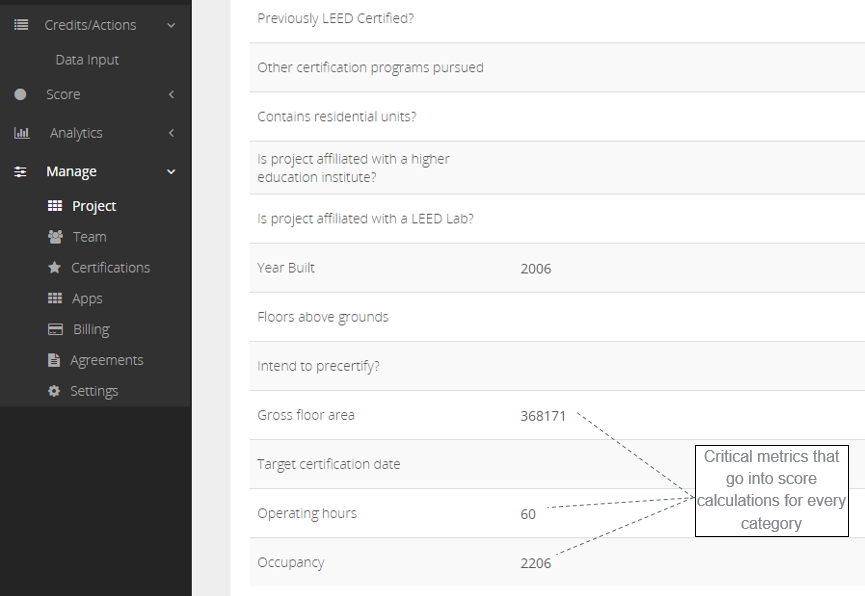
IMPORTANT NOTE:
The 3 most critical metrics used for your certification are:
- Gross Floor Area (not to be confused with Rentable Square Footage)
- Operating Hours
- Occupancy
It is paramount to have these metrics as accurate as possible because these are 3 factors that directly factor into your performance scores!
Pro Tip: Do not forget to call out unique space types to improve your score! For example, you can call out data centers and other unique space types. Also, you do not have to include parking garages in your gross floor area.
Step 2. Track Your Performance.
There are two approaches you can take to track your performance.
First, you can manually report your data and utility bills (energy, water, and waste) directly to Arc. This must be done annually, at a minimum, but we recommend reporting monthly so you can track your performance and identify any unusual energy, water, or waste abnormalities.
The second approach, which we recommend over the first, is to manually report your data and utility bills through ENERGY STAR Portfolio Manager. Portfolio Manager syncs directly with Arc. Although the two types of software sync together, they have different equations for calculating your credits/ENERGY STAR score. This is because ENERGY STAR compares your building with *2003 Commercial Buildings Energy Consumption Survey (CBECS) data and Arc compares your building to other high-performing buildings in Arc. Often, buildings in Arc are LEED certified buildings and a more competitive comparison set.
*Note: The EPA behind ENERGY STAR has announced that they will be updating their scores to be based off 2012 CBECS data starting in the Spring of 2018. Read this article for more information and a video about this change.
Step 3. Perform Air Quality Testing
Air testing follows ASHRAE 62.1 Air Testing Protocols. You must test every floor of your building. For floors larger than 25,000 sf, you must perform a test every 25,000 sf. For example, a floor that is 60,000 sf would need three tests. Also, be sure that you test in the exact same spot(s) on each floor. You will test for CO2 and VOCs.
Your score is based on your worst 5% of air quality tests. You are only allowed a maximum of 1,000ppm CO2 and a maximum of 500 micrograms/cubic meters TVOCs (Total Volatile Organic Compounds). If you go over, you can still get certified, but you will not be eligible to get all 12 air quality credits. 6 points are available for CO2 readings, and 6 points are available for your VOC readings. It goes without saying, poor test results should be addressed for the benefit (health, comfort, and productivity) of building occupants.
Pro Tip: Make sure that your tests are not skewed by any testing errors. For example, make sure you don’t have a magic marker next to your measuring device while testing the air quality for VOCs. Once you put a test result into Arc, you can never take it back.
Pro Tip 2: Make sure you are bringing in enough fresh air for all your spaces to combat CO2 accumulation. Also, select sustainably-certified building products and low VOC cleaning chemicals whenever you can.
Step 4. Take Surveys
The Human Experience (8 available credits) and Transportation (14 available credits) scores are based directly on survey results.
The goal of the transportation category is to promote alternative transportation. Some credits are available for collecting survey results, and some credits are available if building occupants get to and from the building with alternative transportation.
Human experience results are based on the comfort of the building occupants. If they are satisfied and comfortable, you receive more credits than if they are dissatisfied. The scale is a smiling face (satisfied) that turns into a frowning face (dissatisfied) as you slide a bar from left to right. A big benefit of this survey is that for dissatisfied occupants, they can anonymously comment as to why they are dissatisfied. This can be valuable feedback.
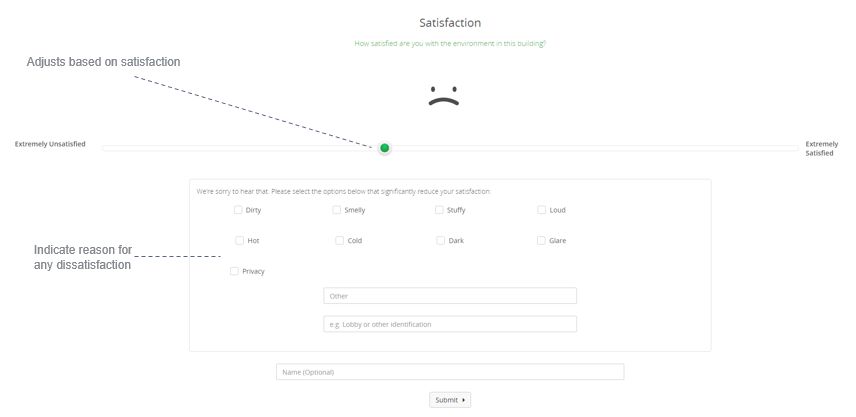
The surveys can be done two ways. We recommend starting with the first, emailing the survey to building occupants. Then, based on the results and number of responses, you may need to do a survey in the building lobby or at an event. These surveys can be done with one or more tablets or other electronic devices connected to the internet.
Pro Tip: We recommend offering an incentive for occupants to complete the survey. An example would include a raffle ticket for a very nice prize. Also, think about when you conduct the survey. You want to do it when an event is going on or perhaps on a very nice day when the building is near its full capacity.
Pro Tip 2: More than one survey can be done if you have poor results. Unfortunately, every survey done cannot be changed after the fact. It works kind of like with your GPA. You can retake a class, but your earlier class grade will still factor into your overall grade. The same is true with your survey results for Arc. If you choose to do one or more surveys, all of the surveys will be averaged together.
Step 5. Pursue Waste Credits
There are two routes you can take to earn up to 8 Waste credits.
The first route is performing a waste audit. This is essentially digging through all of your waste and recyclable stream on a normal random day to calculate your diversion rate. Also, this gives you good feedback on how much waste gets into your building’s recyclables, and how much recyclable material gets thrown into the waste stream to be sent to the landfill or incinerator.
The second route is ongoing waste tracking. This provides you with more accurate data and eliminates the risk of getting poor results from a single (or few) waste audit(s). Unfortunately, this option requires a lot more work.
The calculations for both options are based on weight, not volume. The score is based on percentage of waste diverted (by weight), the number of building occupants, and the operational hours of the building.
Pro Tip: If you get poor results from a waste audit, you can do more, but they must then be averaged together.
Step 6. Document Base Score Credits
If you already have a LEED for Existing Building’s certification, you can skip this step because your Base Score credits carry over automatically. We recommend that if you need a few extra points to reach your desired target certification, you then pursue these Base Score credits. There are up to 10 points or credits that you can earn in this category and are documented just like a traditional LEED EB certification under the latest version of LEED (LEED v4). A handful of credits can be pursued in the following categories:
Sustainable Sites, Energy and Atmosphere, Materials and Resources, and Indoor Environmental Quality
For a complete list of applicable credits, click here.
Step 7. Submit for Certification
You submit everything directly through the Arc platform.
Step 8. Continue to Track Your Performance
This is one of the most important steps, because with LEED Performance Path, you must continually track your building’s energy/water/waste performance, air quality, and human experience. Also, one of the biggest benefits to Arc and LPP is that they provide great analytics. With these analytics, you can more easily improve your building.
“You can’t manage what you don’t measure” -Peter Drucker
Here’s an example of what your Energy analytics look like:
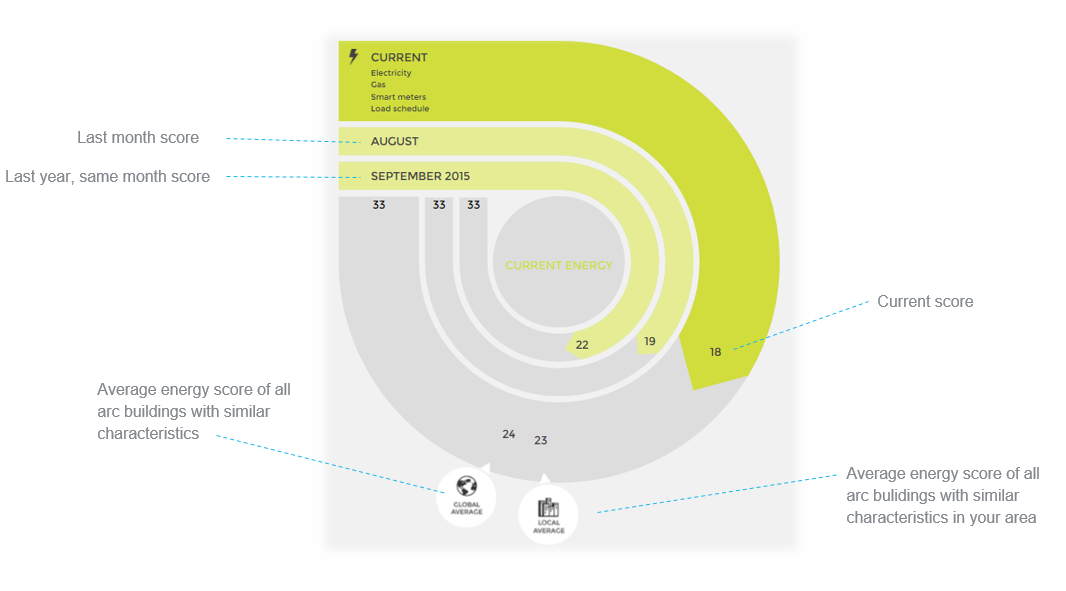
Note that not only does it show your current energy score, it shows your previous month’s score, your score from the same time last year, and the local and global average of similar buildings.
Arc has the same analytics for Water and Waste also:
Other great analytics include graphs like these examples below:
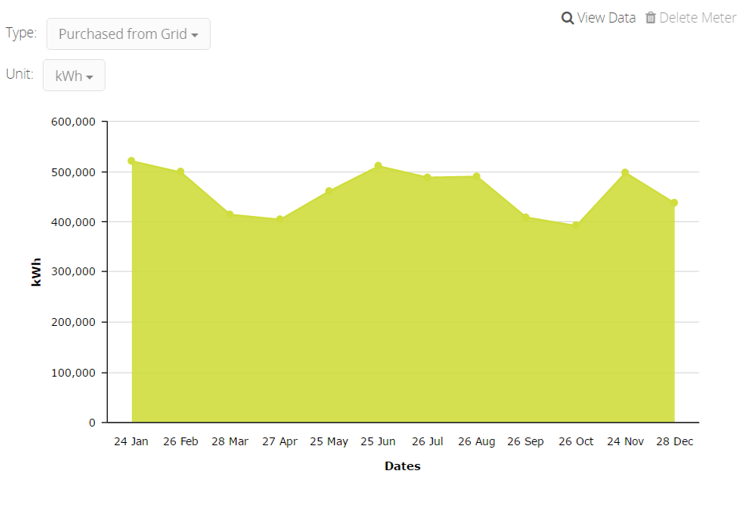
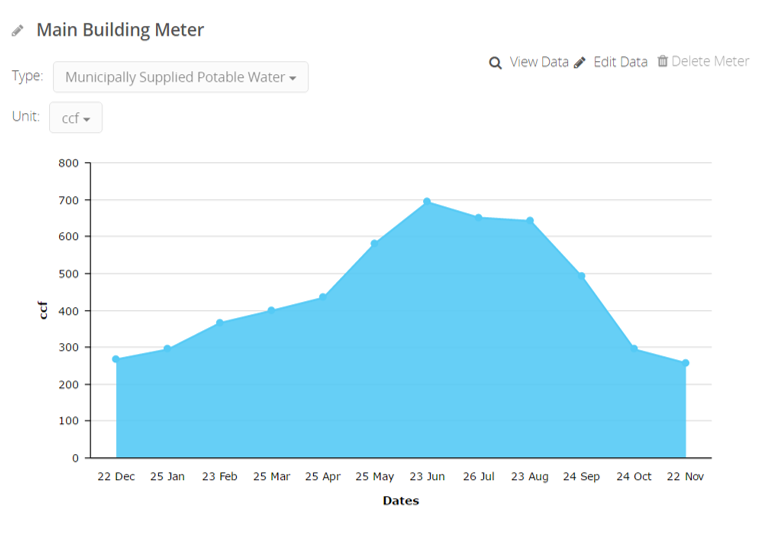

Also, Arc provides great analytics on Carbon Emissions which may be extremely helpful if you want to track your emissions across a portfolio of buildings or for corporate sustainability reporting:
Thinking about LEED Performance Path for Your Building?
SIG is one of the earliest adopters of LEED Performance Path. We have already helped several buildings earn their LEED EB certifications through LPP including Target Field, the Minnesota Twins’ baseball stadium, which earned LEED Gold. We are also currently working on about a dozen more, and we would love to help you at your building. If you are considering a LEED EB certification and/or LEED Performance Path, give us a call or email and we can provide you with our advice on what certification and path is best for you. We can even provide a complimentary and detailed plan, if you would like. Let us know!
Michael Cichetti, WELL AP, LEED Green Associate
Marketing Manager | SIG
404.983.0255
michaelc@sigearth.com
For more information about LPP and Arc, please check out this 1-hour video that walks you through the process of how to certify a building with Arc by way of LEED Performance Path:
https://attendee.gotowebinar.com/register/8907053917807430914
You will be prompted to register for a webinar, but the webinar has already been recorded; so, registering will give you instant access.
